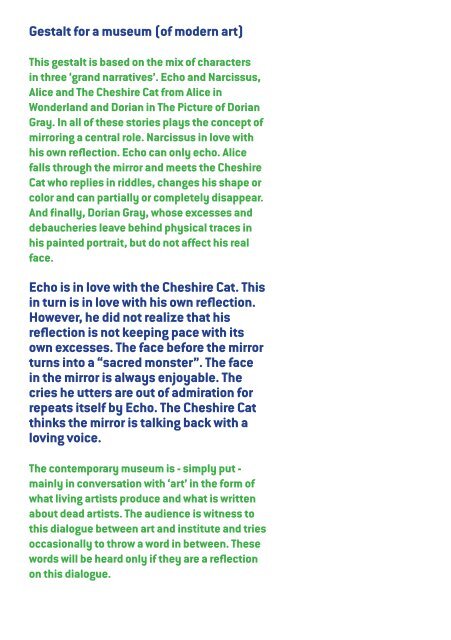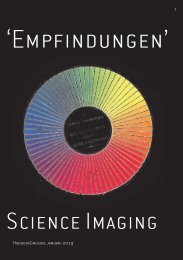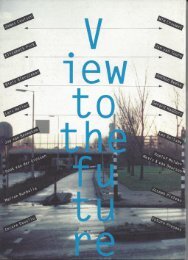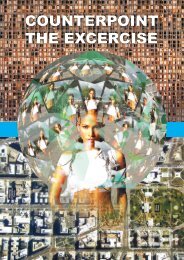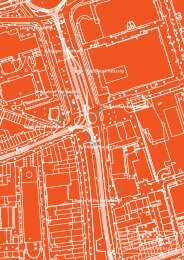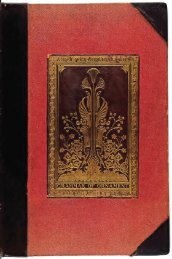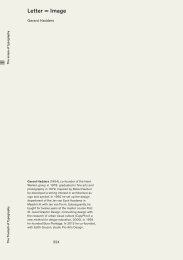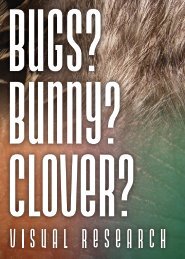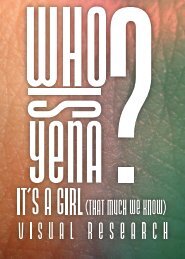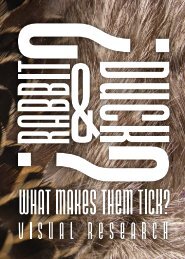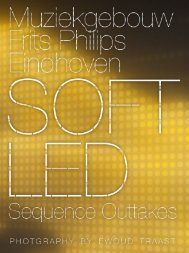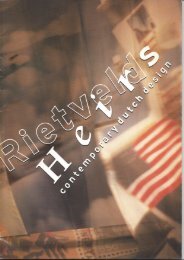Gestalt for a museum (of modern art); Adapt. 2018
Gestalt for a museum (of modern art) This gestalt is based on the mix of characters in three ‘grand narratives’. Echo and Narcissus, Alice and The Cheshire Cat from Alice in Wonderland and Dorian in The Picture of Dorian Gray. In all of these stories plays the concept of mirroring a central role. Narcissus in love with his own reflection. Echo can only echo. Alice falls through the mirror and meets the Cheshire Cat who replies in riddles, changes his shape or color and can partially or completely disappear. And finally, Dorian Gray, whose excesses and debaucheries leave behind physical traces in his painted portrait, but do not affect his real face. Echo is in love with the Cheshire Cat. This in turn is in love with his own reflection. However, he did not realize that his reflection is not keeping pace with its own excesses. The face before the mirror turns into a “sacred monster”. The face in the mirror is always enjoyable. The cries he utters are out of admiration for repeats itself by Echo. The Cheshire Cat thinks the mirror is talking back with a loving voice. The contemporary museum is - simply put - mainly in conversation with ‘art’ in the form of what living artists produce and what is written about dead artists. The audience is witness to this dialogue between art and institute and tries occasionally to throw a word in between. These words will be heard only if they are a reflection on this dialogue.
Gestalt for a museum (of modern art)
This gestalt is based on the mix of characters in three ‘grand narratives’. Echo and Narcissus, Alice and The Cheshire Cat from Alice in Wonderland and Dorian in The Picture of Dorian Gray. In all of these stories plays the concept of mirroring a central role. Narcissus in love with his own reflection. Echo can only echo. Alice falls through the mirror and meets the Cheshire Cat who replies in riddles, changes his shape or color and can partially or completely disappear. And finally, Dorian Gray, whose excesses and debaucheries leave behind physical traces in his painted portrait, but do not affect his real face.
Echo is in love with the Cheshire Cat. This in turn is in love with his own reflection. However, he did not realize that his reflection is not keeping pace with its own excesses. The face before the mirror turns into a “sacred monster”. The face in the mirror is always enjoyable. The cries he utters are out of admiration for repeats itself by Echo. The Cheshire Cat thinks the mirror is talking back with a loving voice.
The contemporary museum is - simply put - mainly in conversation with ‘art’ in the form of what living artists produce and what is written about dead artists. The audience is witness to this dialogue between art and institute and tries occasionally to throw a word in between. These words will be heard only if they are a reflection on this dialogue.
Create successful ePaper yourself
Turn your PDF publications into a flip-book with our unique Google optimized e-Paper software.
<strong>Gestalt</strong> <strong>for</strong> a <strong>museum</strong> (<strong>of</strong> <strong>modern</strong> <strong>art</strong>)<br />
This gestalt is based on the mix <strong>of</strong> characters<br />
in three ‘grand narratives’. Echo and Narcissus,<br />
Alice and The Cheshire Cat from Alice in<br />
Wonderland and Dorian in The Picture <strong>of</strong> Dorian<br />
Gray. In all <strong>of</strong> these stories plays the concept <strong>of</strong><br />
mirroring a central role. Narcissus in love with<br />
his own reflection. Echo can only echo. Alice<br />
falls through the mirror and meets the Cheshire<br />
Cat who replies in riddles, changes his shape or<br />
color and can p<strong>art</strong>ially or completely disappear.<br />
And finally, Dorian Gray, whose excesses and<br />
debaucheries leave behind physical traces in<br />
his painted portrait, but do not affect his real<br />
face.<br />
Echo is in love with the Cheshire Cat. This<br />
in turn is in love with his own reflection.<br />
However, he did not realize that his<br />
reflection is not keeping pace with its<br />
own excesses. The face be<strong>for</strong>e the mirror<br />
turns into a “sacred monster”. The face<br />
in the mirror is always enjoyable. The<br />
cries he utters are out <strong>of</strong> admiration <strong>for</strong><br />
repeats itself by Echo. The Cheshire Cat<br />
thinks the mirror is talking back with a<br />
loving voice.<br />
The contemporary <strong>museum</strong> is - simply put -<br />
mainly in conversation with ‘<strong>art</strong>’ in the <strong>for</strong>m <strong>of</strong><br />
what living <strong>art</strong>ists produce and what is written<br />
about dead <strong>art</strong>ists. The audience is witness to<br />
this dialogue between <strong>art</strong> and institute and tries<br />
occasionally to throw a word in between. These<br />
words will be heard only if they are a reflection<br />
on this dialogue.


